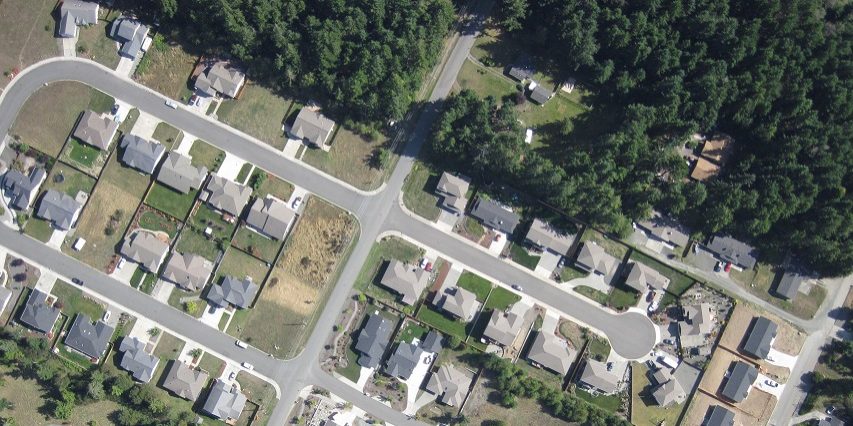Keeping Forest as Forest

Keeping forest as forest
When forests are converted to agriculture, homes, offices, roads, or other development, we lose all the benefits the forest provided. Even when a forest is fragmented into smaller patches critical wildlife habitat is lost and ecosystem processes are disrupted. Between 1997 and 2060, we are likely to lose 1 to 1.4 million acres of rural land per year to development. Forests are particularly threatened with estimates of 24 to 38 million acres forecasted to be converted to other uses by 2060. Family forests, which make up 290 million acres, are often at the leading edge of conversion risk. Engaging family forest owners in management that meets their goals (often wildlife habitat or beauty) through programs like Foresters for the Birds or Women Owning Woodlands can help them keep their forest.
Keeping forest as forest helps protect the clean air, fresh water, carbon storage, economic opportunity, wildlife habitat, and all the other services forests provide.
Some data sources and maps
More information
- Video: A major shift in U.S. land development avoids significant losses in forest and agricultural land
- Webinar: Keeping Forest as Forest, March 2020.
- Webinar: Unlocking Carbon Markets for Family Forest Owners in the Pacific Northwest, April 2020.
- Webinar: Learning the Tools to Avoid Unwanted Forest Conversion in the Southeast, July 2021.
Stay Informed
about our recent projects and upcoming events.
